Building Resilience
Over the course of our Collab Labs this year, we’ve often heard that well crafted, collaborative, authentic learning experience provide students a safe place to fail and recover and through that, build resilience. At Collab Lab 10, we focused on resilience directly, asking the following questions:
- What do you see that worries you?
- What drives that behavior?
- What strategies do you use to overcome that?
Our discussions ranged from students dealing with trauma to those who’s main source of stress is continual pressure to perform at a high level.
Sheri Marlin from the Waters Foundation was able to join us again, and provided a couple of causal loop diagrams as part of our reflection at the end of the session:
- Trust/Resilience : Increased levels of trust lead to increased resilience. Increased resilience leads to an increased ability to trust.
- Environment/Resilience: A supportive environment leads to increased resilience. Increased resilience helps create a more supportive environment for others
As part of the wrap up, Lori Lange from Beloit Memorial High School shared the story of the laundry program she put together to develop the capacities of special ed students and help address a basic need of those that are economically disadvantaged. It’s a great story of students working together to build resilience. You can read more here: https://beloitschools.org/loads-to-success/
Thanks to all of our participants for joining us for another great evening of discussion. Notes from our breakout groups are below.
Group 1
What do you see that worries you?
- Wandering halls — unfocused
- So focused on discipline that there is no self-discipline
- Focus on trauma misses developing resilience
- Adults losing their ability to be resilient in front of kids
- Absence of consequences
- Compassion fatigue
- How to teach it?
- Reactive — social norm is don’t worry until it is too late
- Kids have to stay in resilience mode constantly
- Trauma — complexity of trauma/lack of support systems
- What do you “bounce back” to?
- Facade of perfection (self told stories)
What drives (resilient) behavior?
- Resilience is a muscle
- Adapting
- Knowing when to use strategies
- Survival instinct
- Past failure and recovery
- Self talk – resilient people have a unique ability to control thoughts, beliefs and attitudes
- Good support — relationships — trust
- Mentoring — modeling — role models
- Infant bonding
- Coping vs resilience
- peer pressure
- fate?
- social norms
- unexpected change
- Reading history
- Perspective
- Family stories (immigration)
- Exposure — expectation — hope — dreaming
- Knowing healthy ways to cope
- Sense of constancy
- Diet — sleep — routine
- Purpose
- Faith
What strategies do you use to overcome that?
- Develop a common understanding of resilience
- from ambiguous to concrete
- Self discovery
- Providing experiences — not teaching “it”
- Pedagogy of confidence– building on students’ life stories
- “Learning to Walk” — “trial and learn”
- Design thinking
- providing experience
- healthy risk taking vs risk adverse
- Catching kids being resilience — name it
- Creating safe space — language
- Trusting relationships — time/space
- Community
- multi-age interactions
- Perspectives
- avoid over managing
- discovery
- sharing experiences
- Modeling mentoring
- Re-teach coping strategies
- Remove barriers to healthy coping strategies
- Brave space vs safe space
- Accountability/Voice
Group 2
What do you see that worries you?
- Lack of understanding of level of stress
- We don’t use failure as a teaching tool
- “You didn’t fail, you are just not there yet!”
- Life events – conflict at home/in community
- Meet people’s basic needs (kids →families)
- not happening
- laundry program (in Beloit HS to meet that need)
- No emergency room for mental health
- Increased occurrence of trauma among youth
- Rigidity of the classroom
- Lack of connection/dependable suppport
- Teacher burnout
- Lack of purpose in life
What drives that (worrisome) behavior?
- Institutional roadblocks
- teachers can do it anyway with leadership support
- Erosion of supports
- Culture
- preconceived notions
- us vs them
- political climate
- Structural poverty
- Violence as a taught behavior
- Food desert
- State pressure on school districts to perform
- State testing!
- Parent expectations
- incarceration of minority men
What Strategies do you use to overcome that?
- Bike program
- Boundary program
- Mental health clinic in the school (may cause problems at home)
- Empowerment
- resources access
- break through co-dependency
- Peer examples/role models
- Student ownership of changing one’s circumstances
- Separating by gender
- break through stereotypes (STEM)
- Trauma informed care at the school
- reduce expulsion numbers
- Teach children to rely on each other
- Build context to relate to in “why” decisions
- Accommodate different learning styles
Group 3
What do you see that worries you?
- Lack of motivation (students, parents, teachers)
- Unhealthy coping — cutting
- Kindness is getting lost (cooperation/caring)
- Inability to connect
- Lack of history/common experience
- Disconnect from culture
- Frustration with how to reach kids
- How to connect
- Self validation vs validation from others
- Inequity
- Lack of caring for kids
- Sense that no one cares/I am heard
- Sadness/anxiety
- Kids don’t move
- Integration of social/emotional health
- Relevance– lack experience/context
What drives that (worrisome) behavior?
- Lack of skills/understanding
- Parents are lost
- Use of social media
- Sitting all day for classes
- Liability of going out on a limb
- Teachers lack skills for trauma informed care
- Teacher/students from different cultures
- Empathy fatigue
- Who can I ask for help
- Teachers are forced to triage
- Parents don’t value education
- Too much stress in personal life
- Survival — all I see is failure
- Pressure for material goods
- Divorce — parents are overworked
- single moms working 2-3 jobs
- Kids aren’t safe alone
- Lack of opportunities to fail well
- Low expectations
- Parents in survival mode
- Mismatch between teacher evaluations and what is important (to do for students)
- Kids pushed through system
- Grades
- Fear of talking about emotions
What strategies do you use to overcome that?
- Mindfulness
- PBIS (Positive Behavioral Interventions and Supports)
- 4 days of instruction, 1 day job embed
- Bring awareness of trauma
- Awareness of different situations
- Support from outside to take the load off of teachers
- Understand why students struggle
- Use research — let kids experience failure
- Alternative evaluations
- Exercise/physical activity
- Community service
- Policies adapt to community
- Self care/set boundaries
- start early
- Care of others/empathy
- Building community
- Having system support

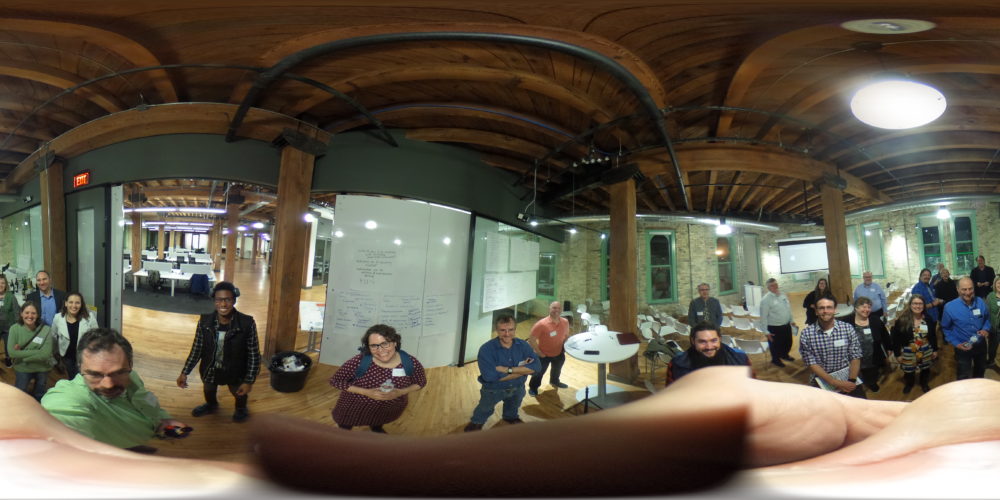

 Jane provides leadership and strategic direction for the sales force in the North America Eastern region. She is responsible for developing and executing the business strategy positioning Rockwell Automation products and services to best support Rockwell’s customers in achieving their business objectives.
Jane provides leadership and strategic direction for the sales force in the North America Eastern region. She is responsible for developing and executing the business strategy positioning Rockwell Automation products and services to best support Rockwell’s customers in achieving their business objectives. The Innovation Office directs the research, promotion, development and implementation of innovative educational programs and practices and manages the interface of the innovation function with other central service offices and schools. The office also works to build capacity of district and school staff through strategic partnerships.
The Innovation Office directs the research, promotion, development and implementation of innovative educational programs and practices and manages the interface of the innovation function with other central service offices and schools. The office also works to build capacity of district and school staff through strategic partnerships. Jason is Senior Vice President for Baird, a privately held, employee-owned financial services firm (currently #4 on Fortune’s 100 Best Places to Work list!). Jason is responsible for multiple functions at Baird, including software development, architecture, and data management. Before joining Baird, he held leadership positions at Wells Fargo; MacDonald, Dettwiler & Associates; and US Bank. Jason is on the board of a number of community groups, and helped found Milwaukee Agile, an industry group dedicated to growth in technology leadership. He has also been a very active proponent of Innovation in many forms, including Systems Thinking and Lean Startup.
Jason is Senior Vice President for Baird, a privately held, employee-owned financial services firm (currently #4 on Fortune’s 100 Best Places to Work list!). Jason is responsible for multiple functions at Baird, including software development, architecture, and data management. Before joining Baird, he held leadership positions at Wells Fargo; MacDonald, Dettwiler & Associates; and US Bank. Jason is on the board of a number of community groups, and helped found Milwaukee Agile, an industry group dedicated to growth in technology leadership. He has also been a very active proponent of Innovation in many forms, including Systems Thinking and Lean Startup. For the past 20 years, Dave has been developing and promoting new technology solutions & services, building world-class software engineering & IT organizations, and coaching the next generation of technical leaders & agile practitioners.
For the past 20 years, Dave has been developing and promoting new technology solutions & services, building world-class software engineering & IT organizations, and coaching the next generation of technical leaders & agile practitioners.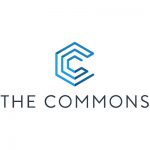 The Collab Lab will be held in the innovation space at Ward 4, 333 North Plankinton Avenue, Milwaukee, WI. Space provided courtesy of The Commons.
The Collab Lab will be held in the innovation space at Ward 4, 333 North Plankinton Avenue, Milwaukee, WI. Space provided courtesy of The Commons.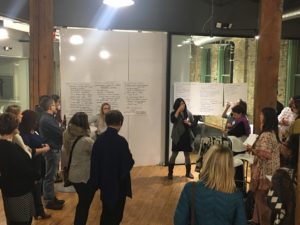
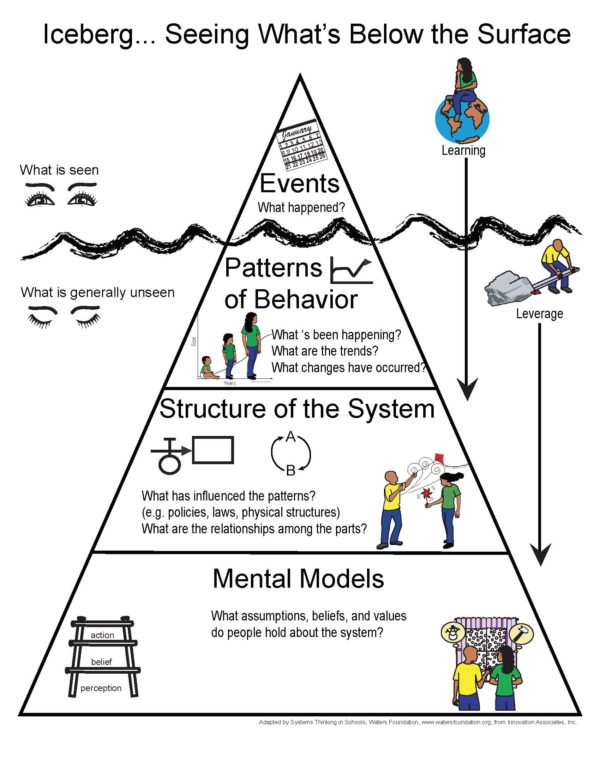
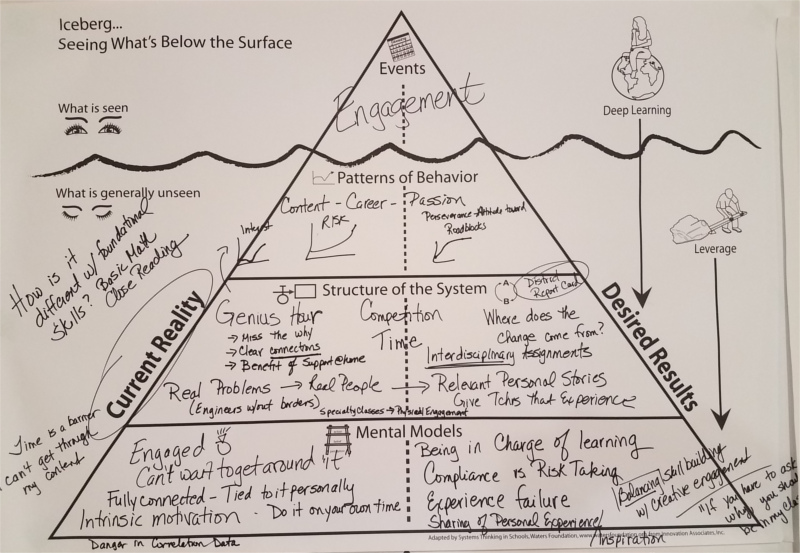
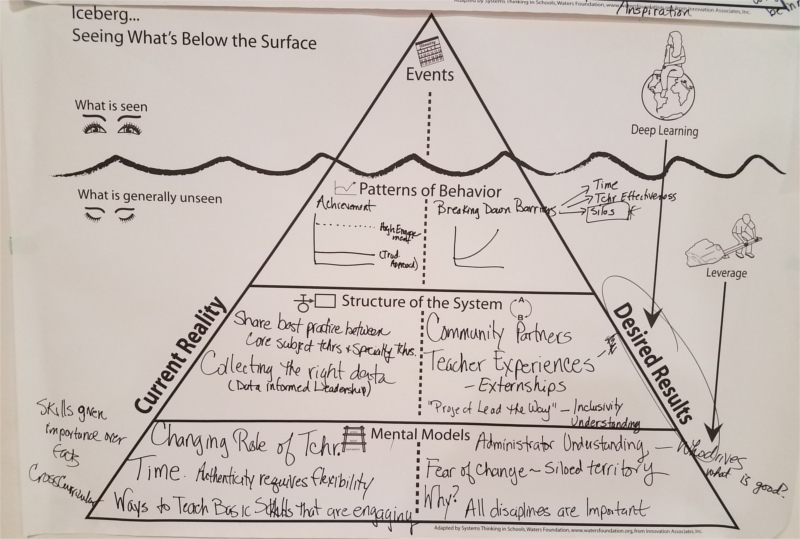
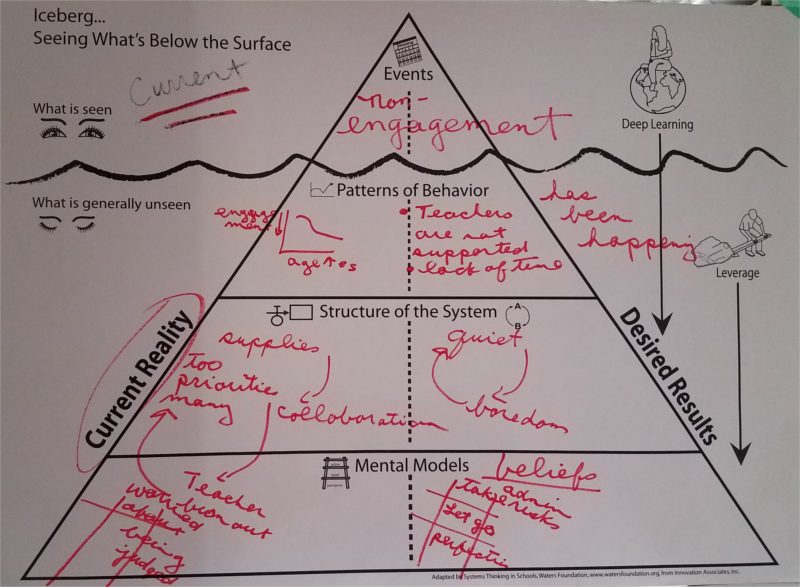
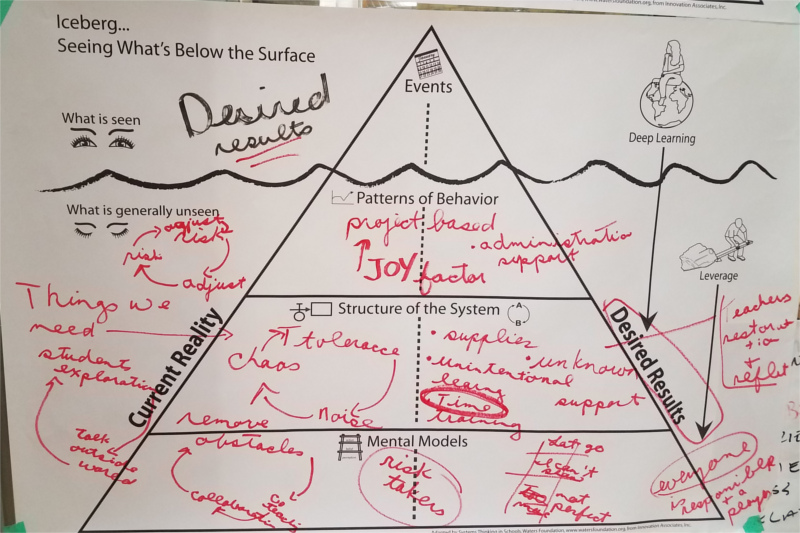
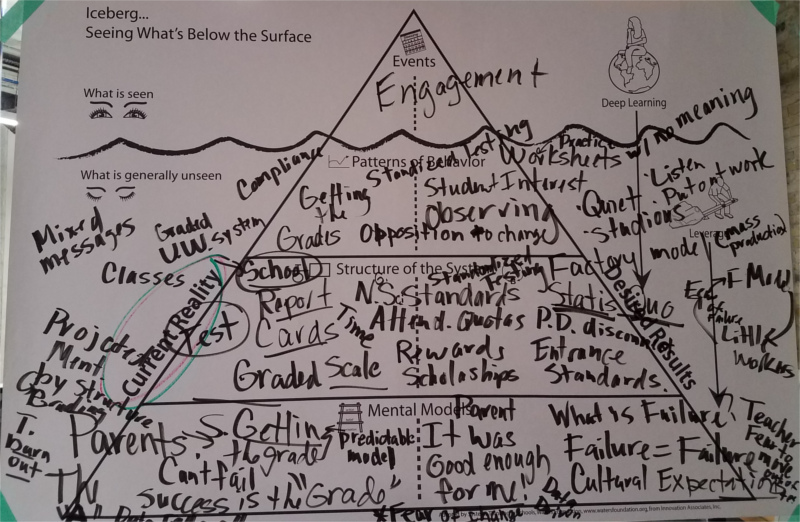

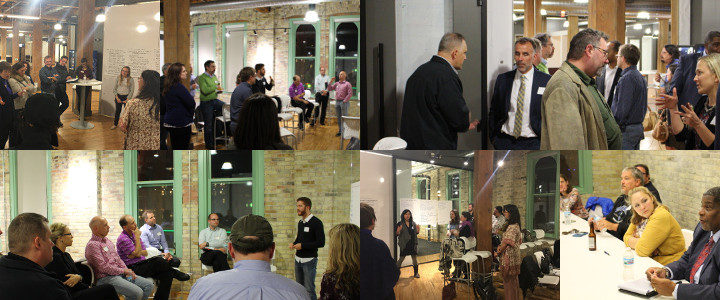
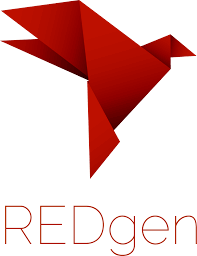 REDgen is an advocate for mental health and well being of all youth. REDgen was formed out of a duty of care. They foster active community conversations around what it means to live a balanced life with healthy definitions of success.
REDgen is an advocate for mental health and well being of all youth. REDgen was formed out of a duty of care. They foster active community conversations around what it means to live a balanced life with healthy definitions of success. Susan Lubar Solvang is President and Founder of Growing Minds, whose mission is to create safe and trusting relationships in the classroom and within the school community, setting the stage for better learning, using SEL tools, primarily mindful awareness practices. Growing Minds currently is focusing on Professional Development such that educators might learn to increase self-awareness of their emotional patterns, choose their responses intentionally, and learn to quiet the emotional ripples of moment-to- moment classroom life rather than creating more waves.
Susan Lubar Solvang is President and Founder of Growing Minds, whose mission is to create safe and trusting relationships in the classroom and within the school community, setting the stage for better learning, using SEL tools, primarily mindful awareness practices. Growing Minds currently is focusing on Professional Development such that educators might learn to increase self-awareness of their emotional patterns, choose their responses intentionally, and learn to quiet the emotional ripples of moment-to- moment classroom life rather than creating more waves.